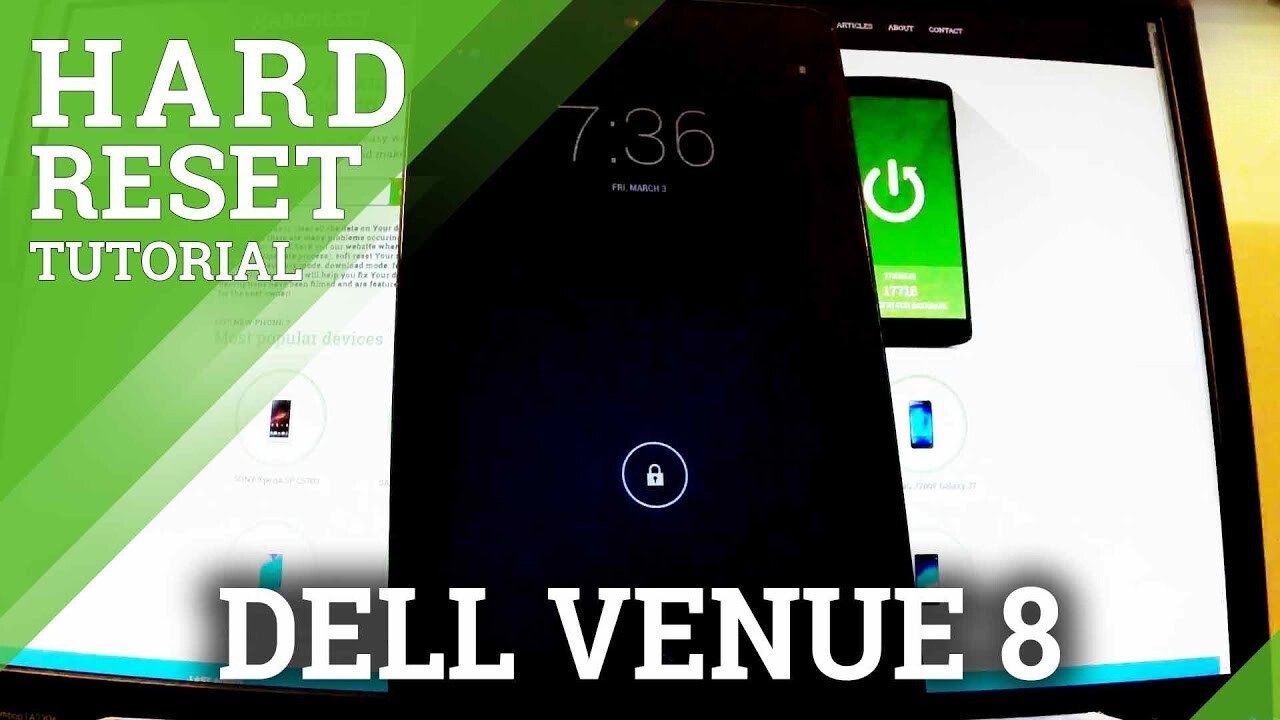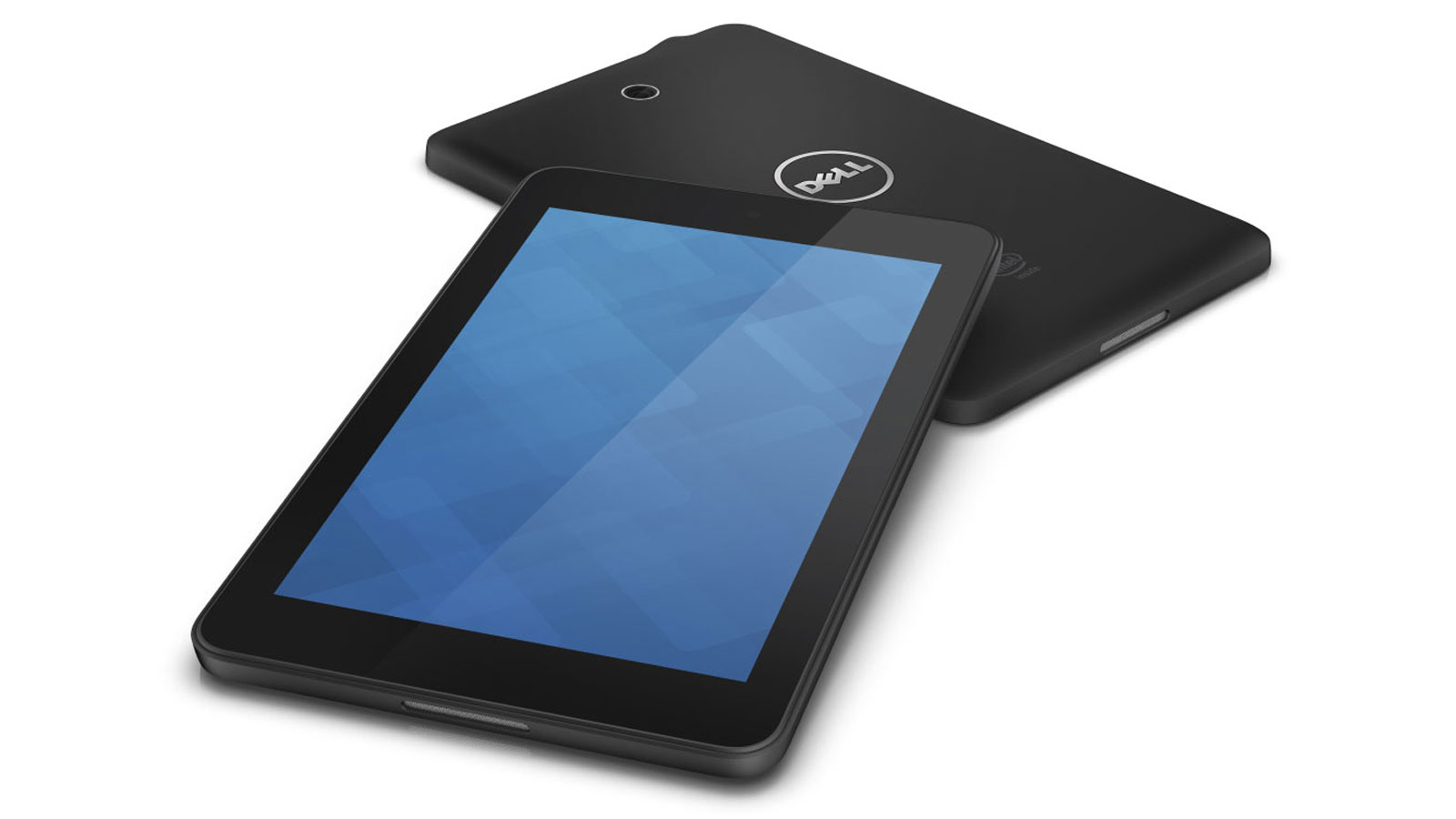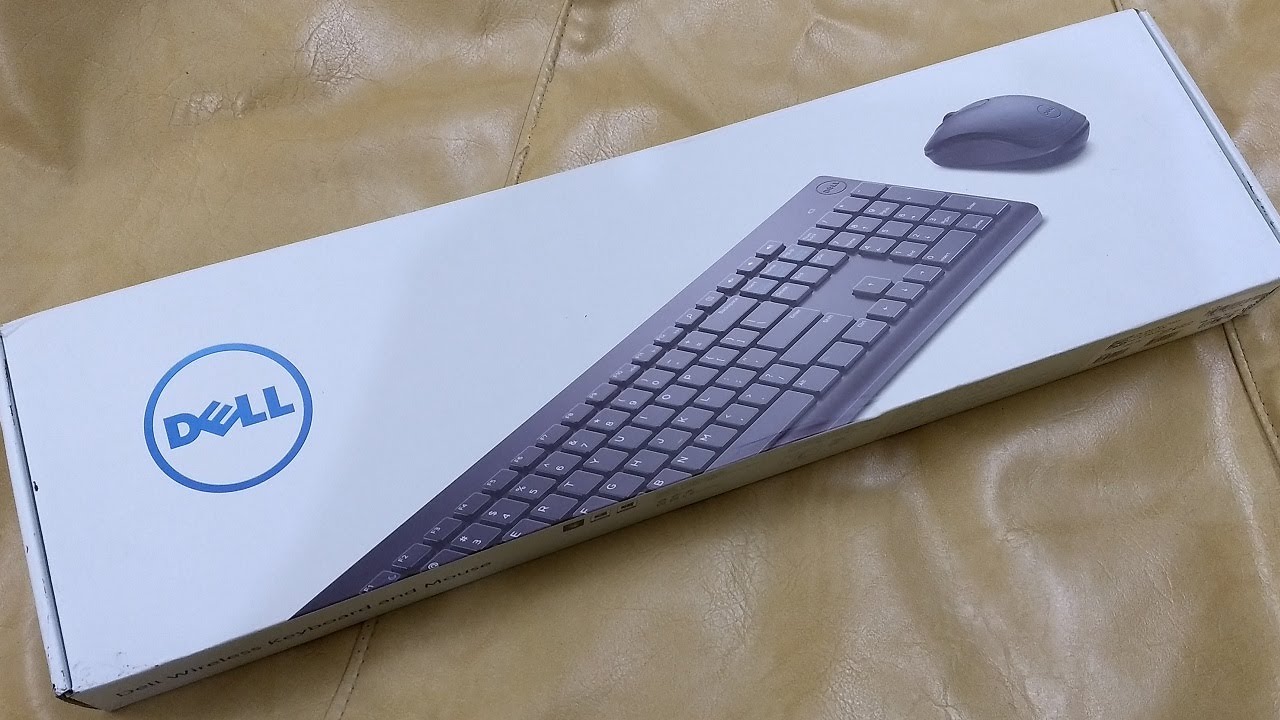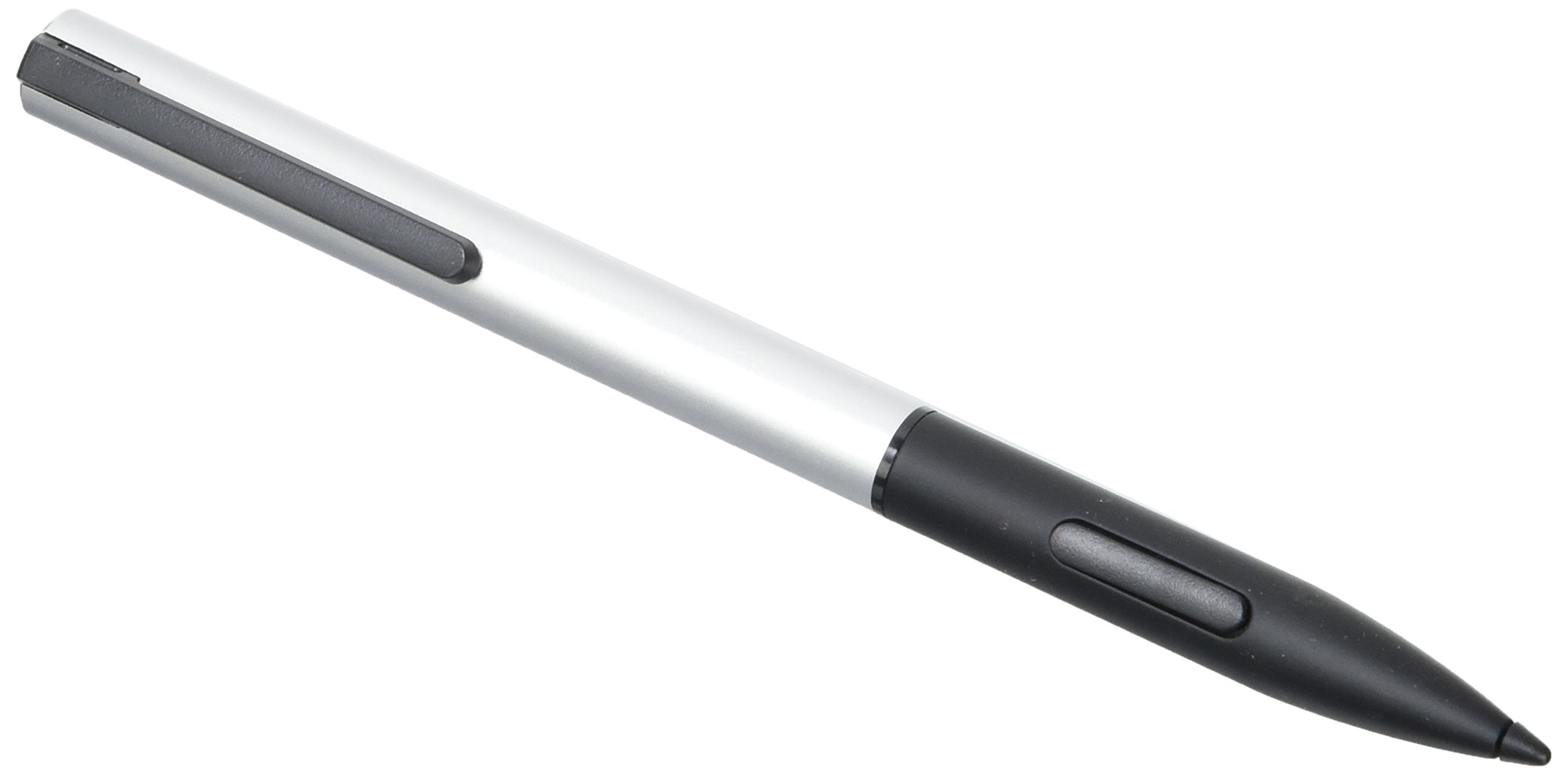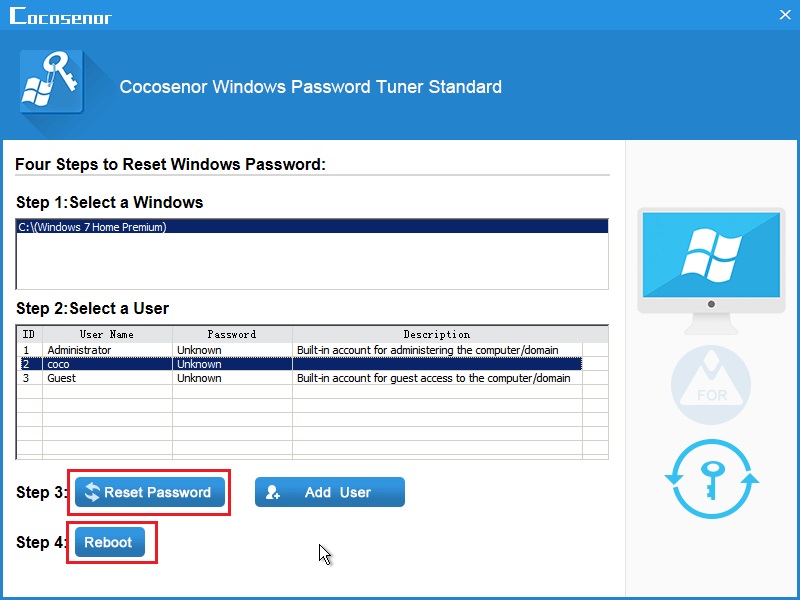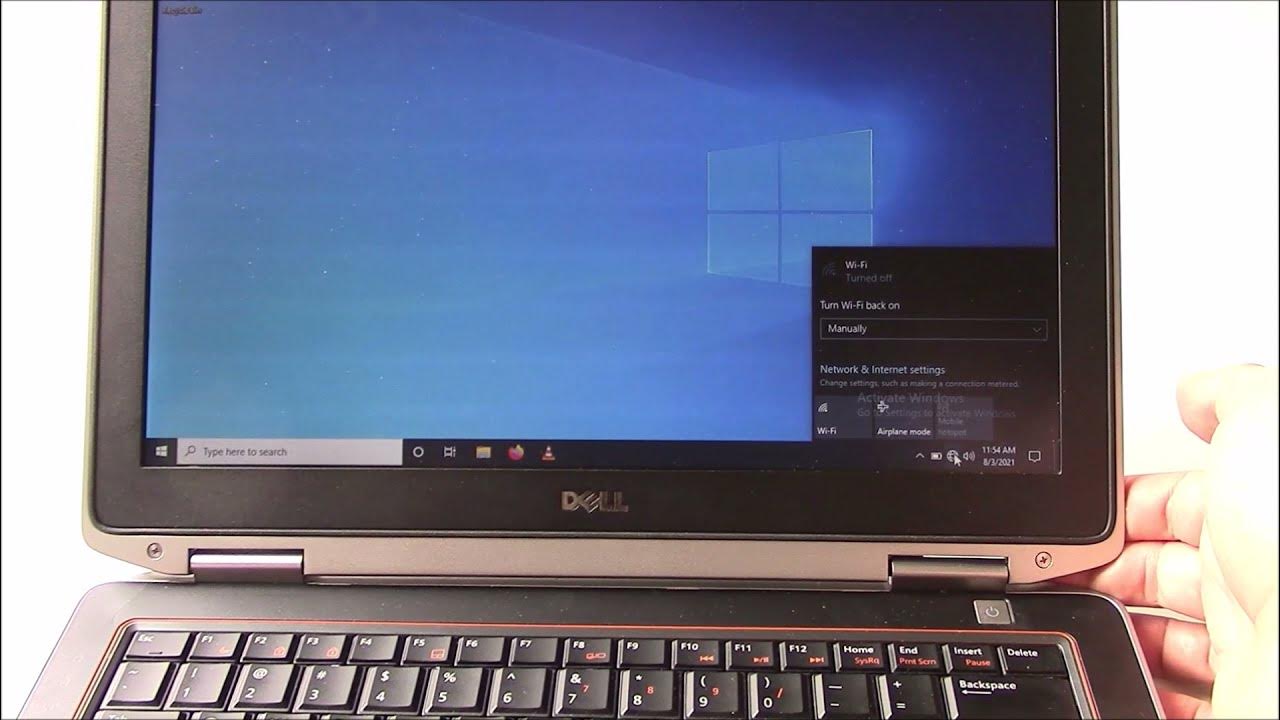Introduction
Are you facing issues with your Dell tablet? Has it become slow, unresponsive, or plagued with persistent errors? If so, you may need to consider resetting your Dell tablet. A reset can help resolve software-related issues and bring your device back to its original state. This article will guide you through the different types of resets and provide step-by-step instructions on how to perform them.
Resetting a Dell tablet can be a useful solution when your device is not functioning as intended. It can help fix frozen screens, unresponsive apps, system crashes, and other software problems. However, it is important to note that resetting your tablet will erase all data and settings, so it is crucial to back up any important files and information before proceeding.
There are several types of resets you can perform on your Dell tablet, depending on the severity of the issue. A soft reset is a quick method that can resolve minor software glitches without losing any data. On the other hand, a hard reset is more comprehensive and reinstalls the operating system, but it also wipes out all data on the device.
In some cases, if all else fails, you may need to perform a factory reset. This is a last resort option that completely restores your tablet to its original factory settings. It is recommended to try other methods before resorting to a factory reset, as it erases all data and settings and cannot be undone.
After performing a reset, you will need to restore your data from the backup you created earlier. This can be done through various methods, including cloud storage and external devices. It’s important to note that some apps and data may not be recoverable, so it’s advised to make sure you have everything backed up beforehand.
In the following sections, we will dive into the step-by-step instructions for performing each type of reset on your Dell tablet. We will also provide tips on preventing the need to reset in the future. So, grab your Dell tablet and let’s get started on troubleshooting and resetting your device.
Resetting a Dell Tablet: Why and When is it Necessary?
Resetting your Dell tablet can be necessary for various reasons. Over time, your device may accumulate unnecessary files, settings, and data that can slow down its performance or cause system errors. By resetting your tablet, you can start fresh and eliminate any software-related issues. Here are some common scenarios where resetting a Dell tablet becomes necessary:
1. Slow Performance: If your Dell tablet has become sluggish and unresponsive, it may be due to excessive background processes, cached files, or conflicting apps. Performing a reset can help eliminate these issues and restore your tablet’s speed and performance.
2. System Errors and Crashes: If you are experiencing frequent system errors, crashes, or freezes, resetting your tablet can help resolve these issues. Sometimes, these errors can be caused by corrupted system files or incompatible software. Resetting the tablet can clear out any such issues and provide a stable operating system.
3. Virus or Malware Infections: If your Dell tablet is infected with malware or viruses, it can lead to a compromised performance and security risks. Resetting your tablet can help remove any malicious software or files and provide a clean and secure environment.
4. Forgotten Password or Lock Pattern: If you have forgotten your tablet’s password or lock pattern and are unable to regain access to your device, performing a reset can help you regain control. However, keep in mind that resetting your tablet will erase all data, including the password or lock pattern.
5. Selling or Donating the Tablet: When you decide to sell or donate your Dell tablet, it is essential to remove all personal data and restore it to factory settings. Performing a reset ensures that your personal information is erased and the tablet is ready for its new owner.
Remember, resetting your Dell tablet should be a last resort after trying other troubleshooting methods. It is important to back up your data before proceeding, as resetting will erase everything on the device. Additionally, make sure to install any necessary updates and patches after the reset to ensure optimal performance and security.
Next, we will discuss the importance of backing up your data before performing a reset on your Dell tablet. This step is crucial to ensure that you don’t lose any important files or information during the reset process.
Backing Up Your Data before Resetting
Before you proceed with resetting your Dell tablet, it is crucial to back up any important data to ensure that you don’t lose valuable files or information. Resetting your tablet will erase all data and restore it to its factory settings, so having a backup is essential. Here’s how you can back up your data:
1. Cloud Storage: One of the easiest and most convenient ways to back up your data is by using cloud storage services. Services like Google Drive, Dropbox, or Microsoft OneDrive offer free storage space where you can save your files, photos, and documents. Simply upload your data to the cloud and make sure it is synced before performing the reset.
2. External Storage: If you prefer to have physical backups of your data, you can use external storage devices such as USB flash drives or external hard drives. Connect the storage device to your Dell tablet and copy all the important files to the device. Make sure to safely eject the device after the backup process is complete.
3. Syncing with a Computer: Another option is to connect your Dell tablet to a computer and transfer your data directly. You can use a USB cable to establish a connection between the tablet and the computer. Once connected, navigate to the tablet’s storage on the computer and copy the necessary files to a folder on your computer’s hard drive.
4. App-specific Backups: Some apps have built-in backup options that allow you to save your data. For example, if you use a note-taking app or a calendar app, you may be able to backup your data within the app settings. Make sure to check each app individually for backup options and follow the instructions provided.
5. Email and Contacts: If you have important emails or contacts saved on your Dell tablet, make sure to sync them with your email account. Most email services provide automatic syncing, but it is recommended to double-check to ensure that all emails and contacts are backed up before resetting the tablet.
Remember to double-check your backup to ensure that all data is successfully stored and accessible. It is a good practice to create multiple backups or use a combination of different methods for added security. Once you have successfully backed up your data, you can proceed with resetting your Dell tablet, knowing that your important files are safely stored.
Next, we will discuss the step-by-step instructions for performing a soft reset on your Dell tablet.
Performing a Soft Reset
A soft reset is a quick and simple method to troubleshoot minor software issues on your Dell tablet. It does not remove any data or settings from your device. Here’s how you can perform a soft reset:
1. Locate the Power button: Look for the physical power button on your Dell tablet. It is usually located on the side or top of the device.
2. Press and hold the Power button: Press and hold the Power button for about 10 seconds or until the screen goes blank. This action will force shutdown your tablet.
3. Release the Power button: After releasing the Power button, wait for a few seconds.
4. Power on the tablet: Press the Power button again to turn on your Dell tablet. It may take a few seconds for the tablet to boot up.
5. Check for improvements: After the tablet has restarted, check if the issue you were facing has been resolved. If not, you may need to perform additional troubleshooting steps or proceed with a different type of reset.
Performing a soft reset can help resolve minor software glitches, frozen screens, or unresponsive apps. It is a simple and safe method that does not affect your data. However, if the issue persists, you may need to perform a hard reset or a factory reset.
Next, we will discuss how to perform a hard reset on your Dell tablet. This method is more comprehensive and erases all data and settings on your device, so it is important to have a backup of your data before proceeding.
Performing a Hard Reset
If you’re facing persistent software issues or your Dell tablet is unresponsive even after a soft reset, performing a hard reset can help tackle the problem. A hard reset reinstalls the operating system and erases all data and settings on your device. It is essential to back up your data before proceeding. Here’s how to perform a hard reset on your Dell tablet:
1. Power off your tablet: Press and hold the Power button until the Power options menu appears on the screen. Tap “Power off” to turn off your tablet.
2. Boot into Recovery Mode: Press and hold the Power button and the Volume Up button simultaneously. Continue holding until the Dell logo appears, then release the Power button. You will enter Recovery Mode.
3. Navigate through the Recovery Mode menu: Use the Volume Up and Volume Down buttons to navigate through the options in Recovery Mode. Look for the “Wipe data/Factory reset” option and select it using the Power button.
4. Confirm the factory reset: On the next screen, you may see a confirmation message warning that all data will be erased. Use the Volume buttons to navigate to the “Yes” option and select it with the Power button.
5. Wait for the reset process to complete: The factory reset process may take a few minutes. Once it’s done, you will see a message indicating that the reset is complete.
6. Reboot your tablet: Use the Volume buttons to navigate to the “Reboot system now” option and select it with the Power button. Your Dell tablet will restart with the factory settings restored.
After the hard reset, your Dell tablet will be in the same state as when you first purchased it. All data and settings will be erased, so you will need to set up your tablet again and restore your data from the backup you created earlier.
In the next section, we will discuss the last resort option: performing a factory reset on your Dell tablet. This step should only be taken if all other methods have failed to resolve the issue.
Factory Reset: The Last Resort
If all other methods have failed to resolve the software issues on your Dell tablet, performing a factory reset can be the last resort. A factory reset restores your tablet to its original factory settings, erasing all data, apps, and settings. It is crucial to back up your data before proceeding with a factory reset. Here’s how you can perform a factory reset on your Dell tablet:
1. Make sure your tablet is powered off: Press and hold the Power button until the Power options menu appears on the screen. Tap “Power off” to turn off your tablet.
2. Access the Recovery Mode: Press and hold the Power button and the Volume Up button simultaneously. Release the Power button when the Dell logo appears, but continue holding the Volume Up button until Recovery Mode is displayed.
3. Navigate to the Factory Reset option: Use the Volume buttons to navigate through the options in Recovery Mode. Look for the “Wipe data/Factory reset” option and select it using the Power button.
4. Confirm the factory reset: On the next screen, you may see a confirmation message warning that all data will be erased. Use the Volume buttons to navigate to the “Yes” option and select it with the Power button.
5. Wait for the reset process to complete: The factory reset process may take some time. Once it’s done, you will see a message indicating that the reset is complete.
6. Reboot your tablet: Use the Volume buttons to navigate to the “Reboot system now” option and select it with the Power button. Your Dell tablet will restart with the factory settings restored.
After the factory reset, your Dell tablet will be in the same state as when you first purchased it. All apps, data, and settings will be erased. You will need to set up your tablet again, reinstall apps, and restore your data from the backup you created earlier.
Performing a factory reset should only be done as a last resort when all other troubleshooting methods have failed to resolve the issues on your Dell tablet. It is an irreversible process, so make sure to back up all your important files and information before proceeding.
In the following section, we will discuss how to restore your data after performing a reset on your Dell tablet.
Restoring Your Data after a Reset
After performing a reset on your Dell tablet, it’s time to restore your data. Since resetting your tablet erases all data and settings, it’s essential to have a backup of your data to ensure you don’t lose anything important. Here’s how you can restore your data after a reset:
1. Cloud Storage: If you backed up your data to a cloud storage service like Google Drive, Dropbox, or Microsoft OneDrive, you can easily restore your data. Simply sign in to your cloud storage account on your Dell tablet, download the files you need, and place them in the appropriate folders or locations.
2. External Storage: If you backed up your data to an external storage device such as a USB flash drive or an external hard drive, connect the device to your Dell tablet. Use the file manager app on your tablet to navigate to the external storage and copy the files back to the tablet’s internal storage.
3. Computer Backup: If you transferred your data to a computer before the reset, connect your Dell tablet to the computer using a USB cable. Open the file explorer on your computer and navigate to the tablet’s storage. Copy the backed-up files from your computer to the tablet’s internal storage.
4. Email and Contacts: If you synced your emails and contacts with an email account, simply sign in to your email account on your Dell tablet and let the device sync the data. Your emails and contacts should be restored automatically.
5. App-specific Backup: Some apps have built-in backup and restore functions. If you had enabled this feature in your apps, you can restore your app data by reinstalling the apps from the app store and signing in to your account. The app should recognize your previous data and restore it automatically.
Make sure to go through your restored data and ensure that everything is intact. Some data may not be recoverable, especially if you didn’t have a complete backup. It’s important to double-check your files, photos, documents, and other data to ensure they are restored correctly.
If you encounter any issues or are missing any important data after the restore process, consider reaching out to the app developers or consult the Dell support team for further assistance.
In the next section, we will provide some tips for preventing the need to reset your Dell tablet in the future, helping you maintain a smoothly running device.
Tips for Preventing the Need to Reset in the Future
Resetting your Dell tablet can be a hassle, so it’s important to take preventive measures to minimize the need for a reset in the future. By following these tips, you can maintain a smoothly running tablet and avoid software-related issues:
1. Keep your tablet updated: Regular software updates include bug fixes, security patches, and performance improvements. Make sure to install these updates as soon as they become available. You can check for updates in the Settings menu of your Dell tablet.
2. Manage storage: A lack of free storage space can lead to sluggish performance and system errors. Regularly clean out unnecessary files, apps, and cached data from your tablet’s storage. Consider moving photos, videos, and other large files to external storage or cloud services to free up space.
3. Close unused apps: Running too many apps simultaneously can drain your tablet’s resources and impact performance. Close any apps that you’re not actively using to free up memory and CPU resources. You can do this by accessing the App Switcher or the Task Manager on your tablet.
4. Avoid unnecessary apps: Install apps only from trusted sources and ensure they are relevant to your needs. Uninstall any apps that you no longer use to prevent them from taking up space and potentially causing conflicts with other apps.
5. Practice safe browsing: Be cautious while surfing the internet and downloading files. Avoid visiting suspicious websites or clicking on unknown links. Install a trusted antivirus app to protect against malware and viruses.
6. Keep your tablet clean: Regularly clean the screen and the exterior of your tablet with a soft cloth and mild cleaning solution. Avoid exposing your tablet to extreme temperatures, excessive dust, or liquids, as these can damage the internal components.
7. Restart your tablet periodically: Restarting your tablet can help clear out temporary files, refresh the system, and resolve minor issues. Consider restarting your tablet at least once a week or whenever you notice a decrease in performance.
8. Use reliable charging methods: Use the original charger or a reputable third-party charger specifically designed for your tablet. Avoid using chargers with higher or lower voltage ratings, as they can damage your tablet’s battery.
By implementing these preventive measures, you can minimize the chances of encountering software issues on your Dell tablet. While it’s not always possible to completely avoid the need for a reset, following these tips can greatly reduce the frequency of such occurrences.
In the next section, we will summarize the key points discussed in this article and provide a final thought on resetting your Dell tablet.
Conclusion
Resetting a Dell tablet can be a powerful troubleshooting tool when you’re faced with software issues, unresponsiveness, or sluggish performance. By following the steps outlined in this article, you can perform a soft reset, hard reset, or a factory reset to restore your tablet to its original state. Remember to back up your data before proceeding with any reset to avoid permanent data loss.
We discussed the importance of backing up your data and provided several methods for doing so, including cloud storage, external storage devices, syncing with a computer, and app-specific backups. Ensuring that your data is safely stored will give you peace of mind during the reset process.
Performing a soft reset is often the first step to take, as it can resolve minor software glitches without affecting your data. If the issues persist, a hard reset may be necessary, which reinstalls the operating system and erases all data and settings. In extreme cases, a factory reset can be performed as a last resort, restoring the tablet to its original factory settings.
After a reset, restoring your data is essential. Whether it’s through cloud storage, external storage devices, syncing with a computer, or app-specific backups, make sure to retrieve your important files, photos, contacts, and other data.
To prevent the need for future resets, it’s important to keep your tablet updated, manage storage effectively, close unused apps, avoid unnecessary apps, practice safe browsing, keep your tablet clean, restart it periodically, and use reliable charging methods.
Remember, resetting your Dell tablet should be considered as a final option after exhausting other troubleshooting methods. It’s always a good idea to consult Dell support or seek professional assistance if you’re unsure about performing a reset or if the issues persist.
By taking these steps and implementing preventive measures, you can maintain a smoothly running Dell tablet and minimize the need for resetting in the future. Enjoy the optimal performance and functionality of your device!







